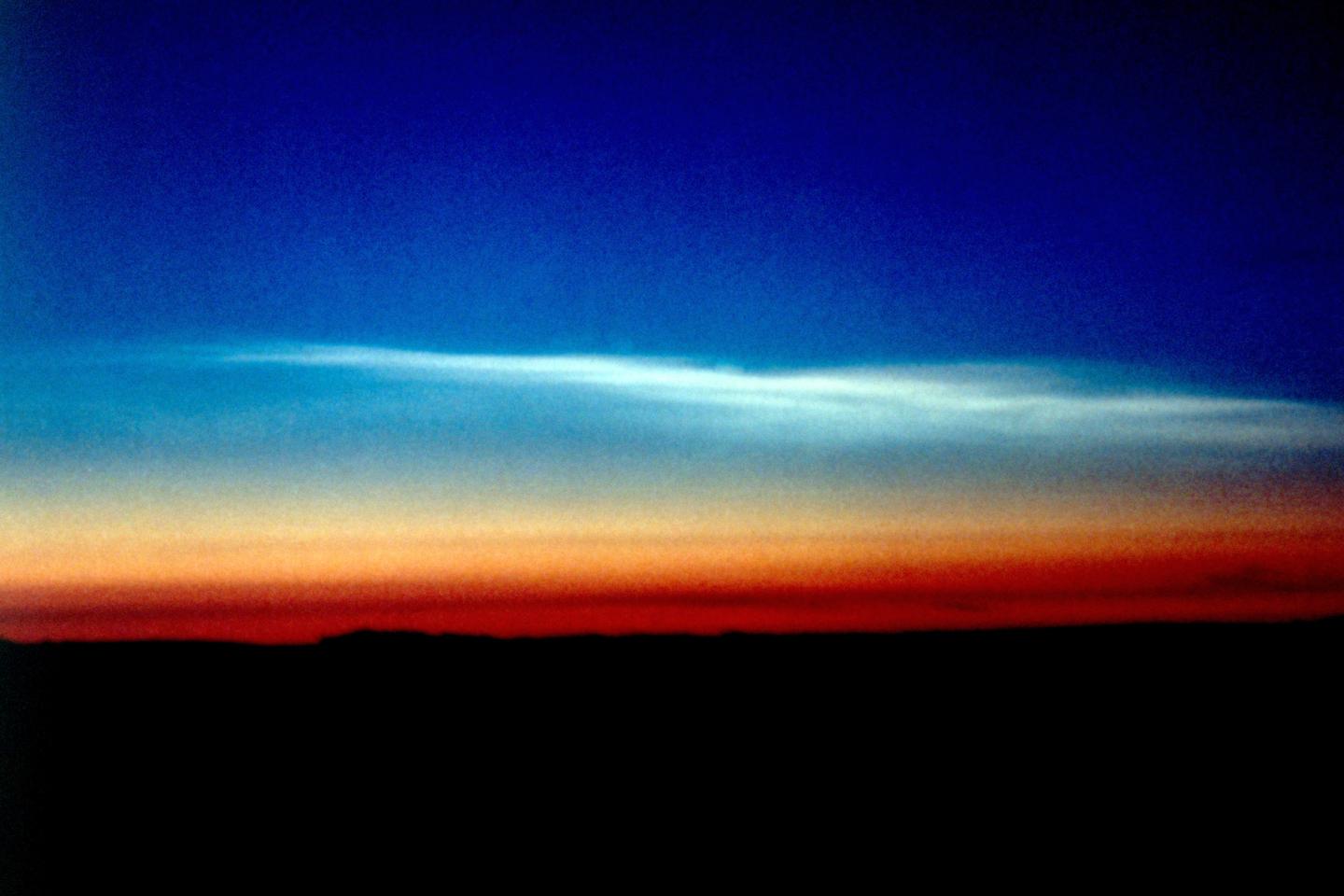
The restoration of the ozone layer is on track

Good news on the environmental front is rare enough to be highlighted. The ozone layer is expected to fully recover within the next four decades, and phasing out the chemicals that destroy it will help curb climate change. Even if the vigilance points remain, it is a great success for the international community. These are the findings of a panel of experts sponsored by the United Nations, presented on Monday, January 9th.
This is amazing evaluation report It constitutes the most complete state of scientific knowledge on ozone, as reports the Intergovernmental Panel on Climate Change (IPCC). It is produced every four years by Scientific Assessment Panel of the Montreal ProtocolUnder the auspices of the World Meteorological Organization and the United Nations Environment Programme. This 2022 edition has been written and revised by 230 researchers from 30 countries. Over the past 35 years, the Protocol has become a real spearhead in environmental defense.said Meg Seki, Executive Secretary of the UN Environment Programme’s Ozone Secretariat.
It all began in the 1970s, when scientists warned of the deterioration of the ozone layer, that protective barrier that filters ultraviolet radiation from the sun. In the early 1980s, they discovered a “crater” over Antarctica, about the size of Antarctica, that forms every year between July and September and closes in November. This phenomenon is caused by gases, such as chlorofluorocarbons and halons, which contain chlorine and bromine, which are capable of destroying ozone. It was at that time widely used in the manufacture of everyday products, such as refrigerators, air conditioners, aerosols or insulation foam.
The hole appeared over Antarctica because the extremely low temperatures in this region in winter allow the formation of polar stratospheric clouds, on the surface of which certain reactions act and then contribute to the destruction of the ozone layer in the polar spring.
The Montreal Protocol signed in 1987 It has now been ratified by 198 countriesOzone-depleting substances (ODS) have been banned since 1996 for developed countries and since 2010 for developing countries. Because of its long lifespan (between fifty and one hundred years), it has not disappeared from the stratosphere, a region of the atmosphere from 15 km to 50 km in altitude, which contains the ozone layer. The report confirms that chlorine and bromine concentrations continue to decline slowly.
You have 65.5% of this article to read. The following is for subscribers only.

“Unapologetic pop culture trailblazer. Freelance troublemaker. Food guru. Alcohol fanatic. Gamer. Explorer. Thinker.”
